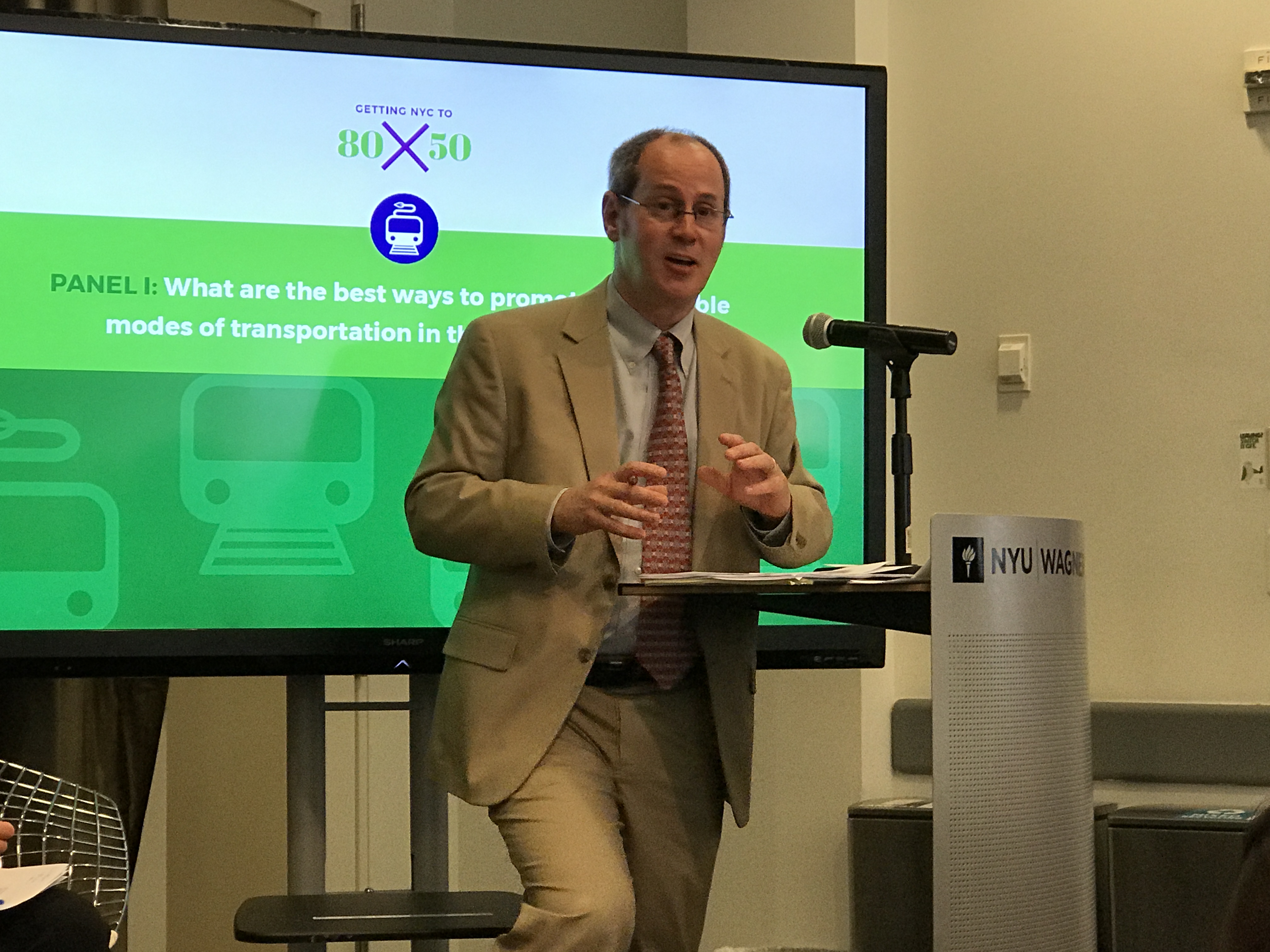
Q&A with Capalino’s New Executive Vice President Michael O’Boyle: Business Strategy, Smart Cities, and the Future of NYC’s Tech Sector
Tell us about your work at IBM, specifically with regards to the public sector.
Michael O’Boyle: I enjoyed a long and successful career at IBM, where I served in a number of technical, sales, managerial and executive roles, mostly within the public sector, which IBM defines as government, education and healthcare. I was with IBM for over 20 years and had the pleasure to serve as Managing Director for their business with public sector clients in New York for over a decade. In that role I oversaw all of IBM’s commercial business with the City and State of New York and my team and I were responsible for several ground-breaking projects in public safety, healthcare, transportation and administration. I most recently served as IBM’s Vice President for Industry Solutions and Business Development, US Public Markets, where I was responsible for the development and sales of IBM’s cognitive solutions portfolio to public sector client across the US.
Tell us about your role with Capalino’s Business Strategy practice and the type of work your team does.
I joined Capalino to assist with the expansion of the firm’s Business Strategy practice, which is a multi-disciplinary group that provides start-up, growth stage and established companies with the necessary insight and expertise to drive long-term, sustainable growth in the New York market. We help businesses secure contracts from government entities and assist in forging relationships with prospective clients and partners in the private sector. Our role as advisors to these businesses is to help them identify and unlock opportunities, navigate challenges and mitigate some of the risks of operating in New York’s complex business environment.
Working with government can be a challenge for smaller tech companies with limited capacity, can you provide any insight or advice for those companies considering whether or not to pursue public sector opportunities.
Working with State and Local government certainly has its challenges, but the addressable spend is significant – in fact it’s estimated to be $103B in the US public market, which is larger than the Federal Government spend of $96B. My primary focus is working with our technology clients, who have access to enormous opportunities in the public sector. The State and Local Government technology spend in New York alone is estimated to be $4B, so emerging tech firms need to seriously consider participating in this market.
Government is often referred to as an ‘industry of industries’, suggesting that the solutions and products that are sold into other sectors are relevant and needed by government agencies. The most important aspect of working within the Government market is to have a procurement vehicle in place that can help accelerate the sale of a product and/or solution. It is also critical to develop a robust set of business partners, including Minority and Woman Owned Business Enterprise (MWBE) firms to support you in your activities and pursuits.
I would also recommend all tech firms spend the necessary time researching the market, understanding the opportunity, and identifying the client decision maker. Once you have clarity on the opportunity, prepare for client engagement by researching the client’s key challenges and priorities, and then focusing on how your solution will solve the client’s problem.

Where do you see the biggest opportunities for tech in the public sector over the next 3, 5 or even 10 years?
Tech is disrupting all industries, including the public sector, but I believe the future is very bright.
In the immediate term, I believe the biggest opportunities in the public sector are in the continued digital transformation of government. This will be achieved through legacy systems modernization or replacement, embracing and leveraging cloud and mobile computing technologies, and establishing and leveraging data analytics/insights products to understand the needs of the agency, drive down capital and operating costs and provide citizen services.
In the midterm, I believe the public sector will embrace automation software as a means to automate routine works and shift more difficult tasks to knowledge workers. Clients will continue the transition to “as a Service” (XaaS) solutions as a means to reduce capital costs and accelerate project delivery. Open source technologies will become the standard for infrastructure and utility functions and hybrid cloud will serve as the predominant means to connect existing agency IT estates to public clouds like AWS, Azure and Google.
In the longer term, Public sector clients will build on their data analytics capabilities by embracing AI technologies like machine learning and natural language processing. Blockchain technology solutions will be contemplated as solutions for real estate and property transactions; IoT technologies will be leveraged to optimize the efficiency of city services and connect to the citizenry.
And perhaps the most important opportunity in the immediate, mid and long term will be in the area of cybersecurity. Technology innovation provides tremendous opportunity in the public market but the proliferation of cyberattacks is causing increasing damages to the private sector, governments and citizens.
When looking to the future, what does the ‘smart city of tomorrow’ look like?
‘Smart City’ can mean a number of things, but I think it is best represented by a city where citizens and government are interconnected and can easily share information anytime and anywhere. A smart city leverages information and communications technology; ubiquitous physical devices connected to a robust network and open data and analytics to positively impact the local community and its citizens. This enables a more efficient use of the built environment and other physical assets by leveraging data analytics and artificial intelligence, while supporting a strong, vibrant and equitable economy. A smart city utilizes technology to foster citizen engagement, inclusion and collaborative problem solving.
To learn more about Capalino’s Business Strategy services and how we can help you succeed in the New York City market, contact Michael O’Boyle at michael@nullcapalino.com.
Get The Latest From Capalino! Sign up for our free weekly newsletter for a roundup of top news and appointments from New York City and State government straight to your inbox every Friday. Click here to subscribe to Affairs+Appointments.



